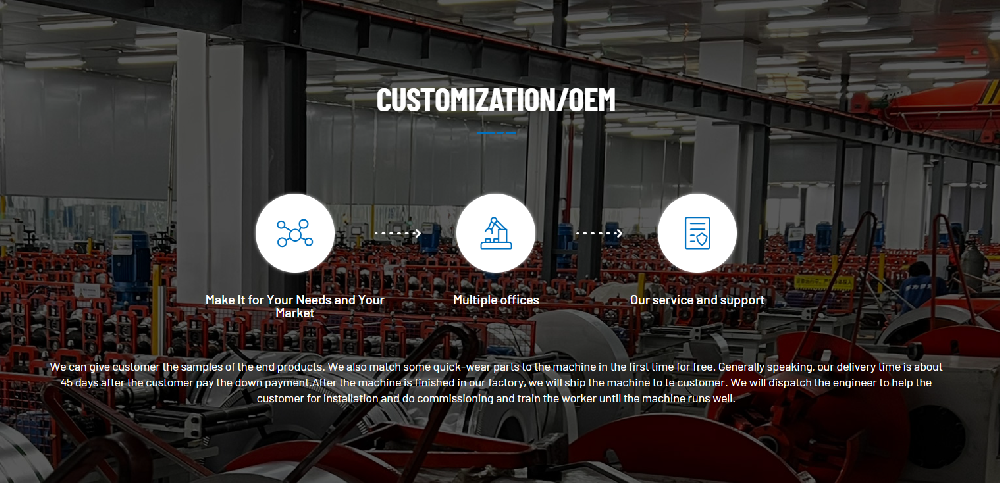Navigation Menu
Contact Us
- Email:
- info@wxavatar.com
- Address:
- Yurong Village, Yuqi Street, Huishan District, Wuxi, China.
Release Date:May 30, 2025 Visit:36 Source:Roll Forming Machine Factory
In modern manufacturing, efficiency and productivity are essential factors for maintaining competitiveness. The corrugated plate automatic line has emerged as a significant advancement in metal forming technology, offering substantial improvements in production speed compared to traditional methods. This article explores the key features and mechanisms that enable these automated systems to enhance manufacturing throughput while maintaining quality standards.

Automated Material Handling Systems
One of the primary ways corrugated plate automatic lines increase production speed is through integrated material handling:
Continuous Feeding Mechanisms: Automated loading systems allow for uninterrupted material supply to the production line, eliminating manual handling delays.
Precision Positioning Technology: Advanced sensors and control systems ensure accurate plate placement, reducing adjustment time between operations.
Synchronized Transfer Systems: Conveyors and robotic arms work in harmony to move materials between stations without human intervention.
High-Speed Forming Technology
The core forming process benefits significantly from automation:
Optimized Roll Forming Sequences: Computer-controlled rollers perform corrugation with precise timing and pressure settings for maximum speed.
Simultaneous Multi-Point Processing: Some systems can form multiple corrugations in a single pass, dramatically reducing cycle times.
Adaptive Control Systems: Real-time monitoring adjusts parameters to maintain speed without compromising product quality.
Integrated Processing Steps
Modern automatic lines combine multiple operations:
In-line Cutting Systems: Automated shearing or laser cutting units trim plates to exact dimensions without removing them from the production flow.
Continuous Quality Inspection: Vision systems and sensors perform checks during production rather than as a separate step.
Automated Stacking and Packaging: Finished products are systematically organized for shipment without slowing the main production line.
Advanced Control Systems
The intelligence behind automated lines contributes significantly to speed:
Programmable Logic Controllers: Enable rapid changeovers between different product specifications.
Predictive Maintenance Features: Minimize unplanned downtime by anticipating service needs.
Data-Driven Optimization: Production data analysis identifies opportunities for further speed improvements.
Reduced Human Intervention
Automation minimizes factors that traditionally slow production:
Elimination of manual measurement and adjustment time
Consistent operation without fatigue-related slowdowns
Reduced error correction requirements

Conclusion
The corrugated plate automatic line represents a substantial leap forward in manufacturing efficiency. By integrating advanced material handling, high-speed forming technology, multiple processing steps, and intelligent control systems, these automated solutions can significantly increase production speeds while maintaining consistent quality. As technology continues to advance, we can expect further improvements in the performance and capabilities of these systems. Manufacturers considering productivity enhancements should evaluate how an automated corrugated plate line could benefit their operations.